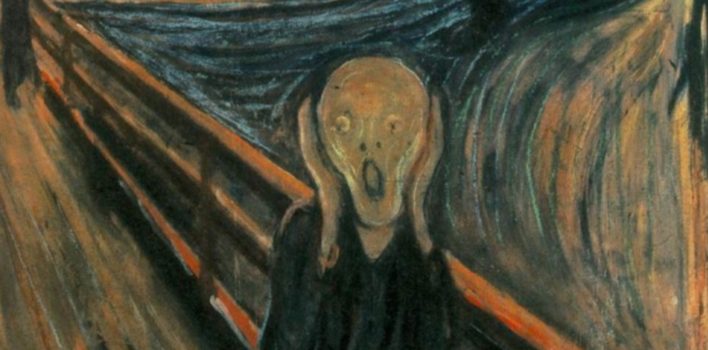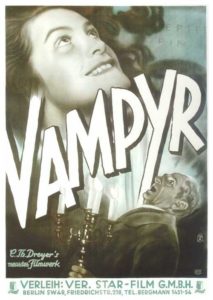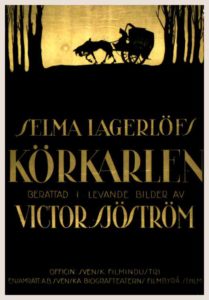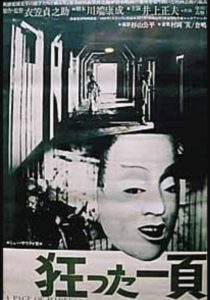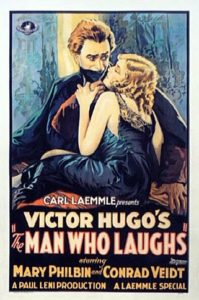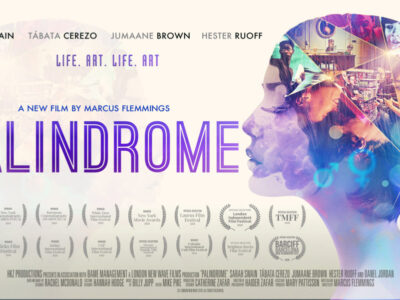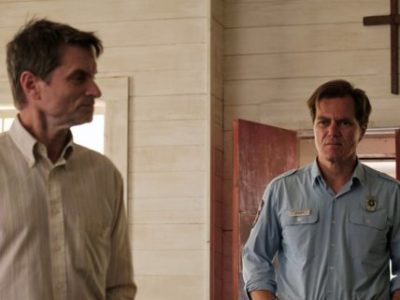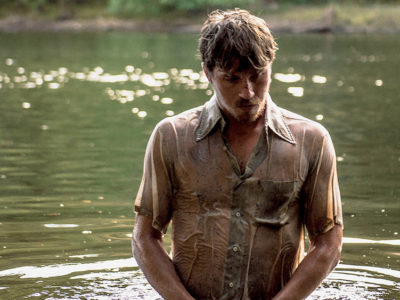Oh! The Horror… | of a Silent Scream
I was raised on a healthy diet of classic film and television growing up, everything from It Happened One Night to My Three Sons and so on. Once I set my sights on horror as a genre, it would not be long until I began to dig into the earliest incarnations of horror in cinema. Horror is one of the oldest genre films. It dates back to the very creation of motion pictures. All sorts of entities came forth from the blackness into the light, themselves given character and dimension by variable shades of grey (unless the actual celluloid itself was tinted with color) while their victims screamed silently attempting to pierce the celluloid they were trapped in. Silent horror films have the ability to unnerve their viewers with simple color palettes, interplay between darkness and light, the importance of shadow play and their haunting orchestral scores. It is not unusual to find that many of the most effective horror films are those that had the least access to technological options. Creativity flourished within constraint. So I’ve decided to give a brief list of lesser known silent horror films that remain the most memorable for me and provide the landscapes of my nightmares.
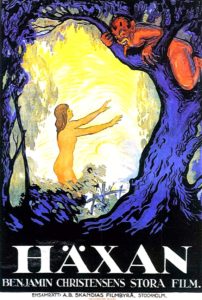 1. Häxan: Witchcraft Through the Ages (1922)
1. Häxan: Witchcraft Through the Ages (1922)
Häxan is a film that parades itself as a serious documentation of the superstitious and religious understandings of witchcraft and demonic activity in the “darker ages.” The film provides delightfully strange and kooky dramatizations of the “historical” narrative that the film is attempting to pass off as objective exploration of witchcraft and how it has shape-shifted through the years and the general public’s relationship with it. In the final portion of the film, the filmmaker, Benjamin Christensen, turns a film that maintains a creepy vision that is undergirded with an almost vaudevillian humor into a hagiographic diatribe on the modern world’s ability to explain all that was shown in the film with simple psychological explanations. Little did he probably know that those progressive psychological explanations would fall out of favor with the scientific community years later. However, even with its heavy-handed Enlightenment-tinged final chapter, the unnerving flavor of the dramatizations provide the right amount of horror to keep its audience engrossed.
See the whole film on YouTube currently here.
Carl Dreyer is a master director from the earliest days of cinema with such films as Ordet and The Passion of Joan of Arc. However, in 1932, Dreyer turned his camera to a subject that had already been represented in the early twenties by Murnau, the vampire. Of the silent film treatments of vampirism, Vampyr is the film that holds up on repeat viewings. Nosferatu‘s vampire is a striking image, but the weight of the film lays on the singular character of Max Schreck, whereas Dreyer infuses his whole film with dread and atmosphere that can easily be lived in and the tension of the strange things going on are felt. The thing that makes this film stand above Nosferatu is its frantic sense of paranoia about who can be trusted and who can be–or has been–turned. The vampiric presence is all around, but not often seen in this film. Once again proving that oftentimes seeing is not as effective as facing the audience with an unknown entity.
See the whole film on YouTube currently here.
A film about death and his apprentice. A film that has gotten a beautiful remastering by those brilliant cinephiles over at Criterion. A film that has a special and significant place within Swedish cinema. And, yet, for English and American audiences, there are definite similarities in tone, themes and story to Dickens’ A Christmas Carol and Philip Van Doren Stern’s “The Greatest Gift”–better known by people in its film adaptation, It’s A Wonderful Life–however, The Phantom Carriage doesn’t indulge the sentimental as much as those two other stories in my opinion. There is a darker edge to this film where regret and sin are explored and seen as the horrors they really are. The technical achievements of this film’s usage of double exposure gives the carriage and characters a truly ghostly presence that doesn’t feel cheesy or outdated even to modern audiences. This, too, is a favorite film of one of my favorite personalities/theologians, Paul F. M. Zahl. He spoke about this film eloquently at one of the Mockingbird conferences I was able to attend. This film is a classic and a terrific ghost story with plenty of theological material to chew on.
See the whole film on YouTube currently here.
This Japanese silent film is one of the most disorienting and frenetic arthouse films I have ever seen. In its seventy-eight minute runtime, we are bought into a setting and a world where nothing can be taken simply on sight alone. A janitor working in an asylum where his wife is currently being held and their daughter comes to the asylum to let them know that she is betrothed. There are flashbacks, frantic dance sequences with flashing imagery, no markers to delineate what is past or the present. If you come out of this film with a solid understanding of what exactly is going on…well, then I think you might be as crazy as the patients in this film. There are true moments of creepiness and paranoia that keep the viewers on the edge of their seats.
See the whole film on YouTube currently here.
Largely touted as the film that helped Bob Kane create the character known as the Joker. The film is an adaptationby the German expressionist director Paul Leni of a tragic Victor Hugo novel of the same name. Roger Ebert, who gave the film a solid 4/4, said this about the film:
“The Man Who Laughs is a melodrama, at times even a swashbuckler, but so steeped in Expressionist gloom that it plays like a horror film.”
And, indeed, the film is very disturbing visually with Conrad Veidt’s portrayal of the tragic Gwynplaine whose face was disfigured into that of an eternal smile at a young age. It’s very easy to see where Kane got the idea for the unhinged character of the Joker, who also is rather tragic in his own way. This is a beautiful film and has so many layers to it. But watch it, at least, because it truly does have some remarkably creepy moments.
See the whole film on YouTube currently here.


